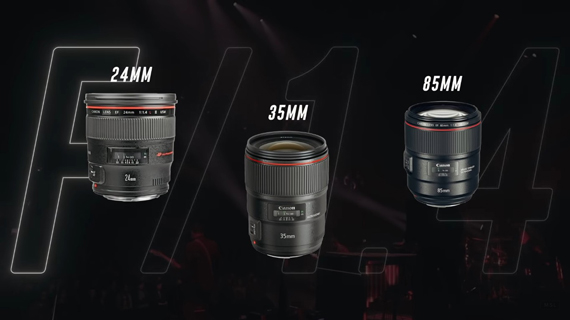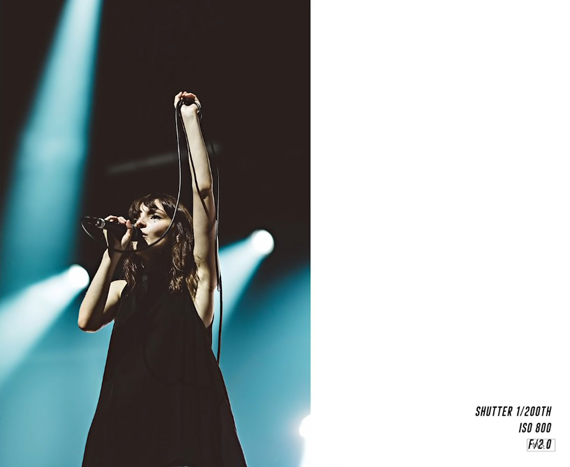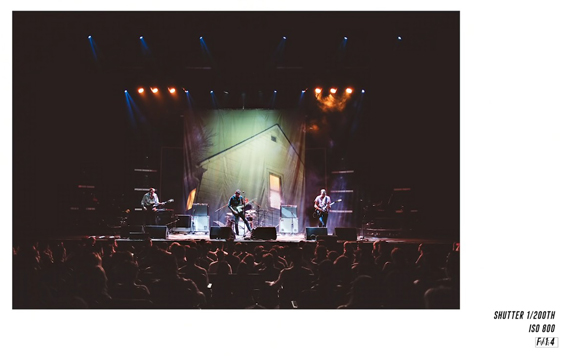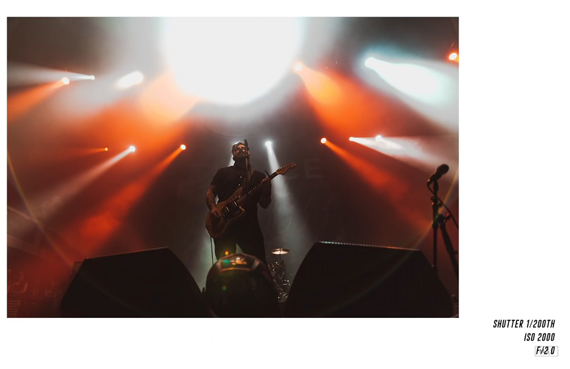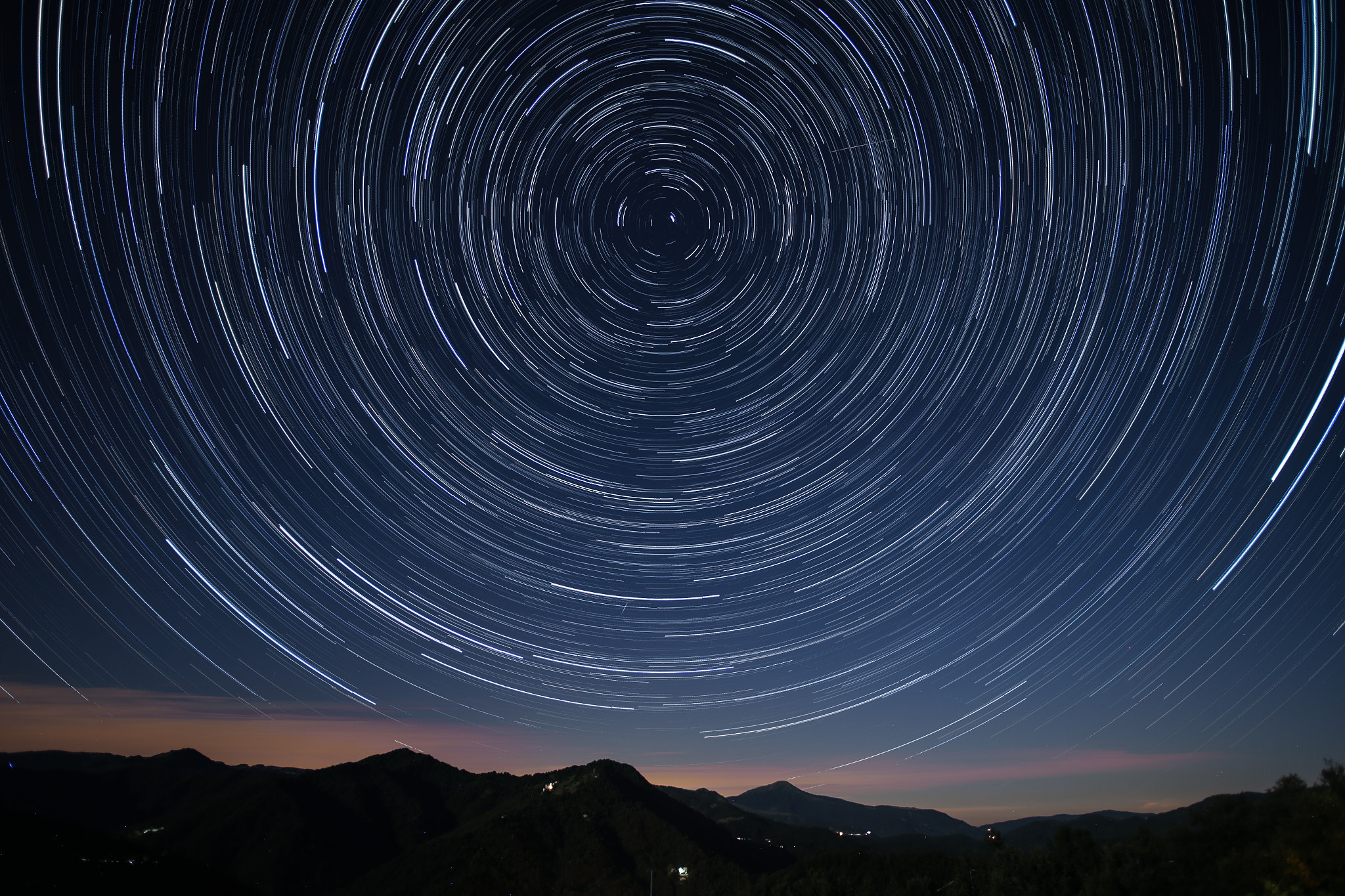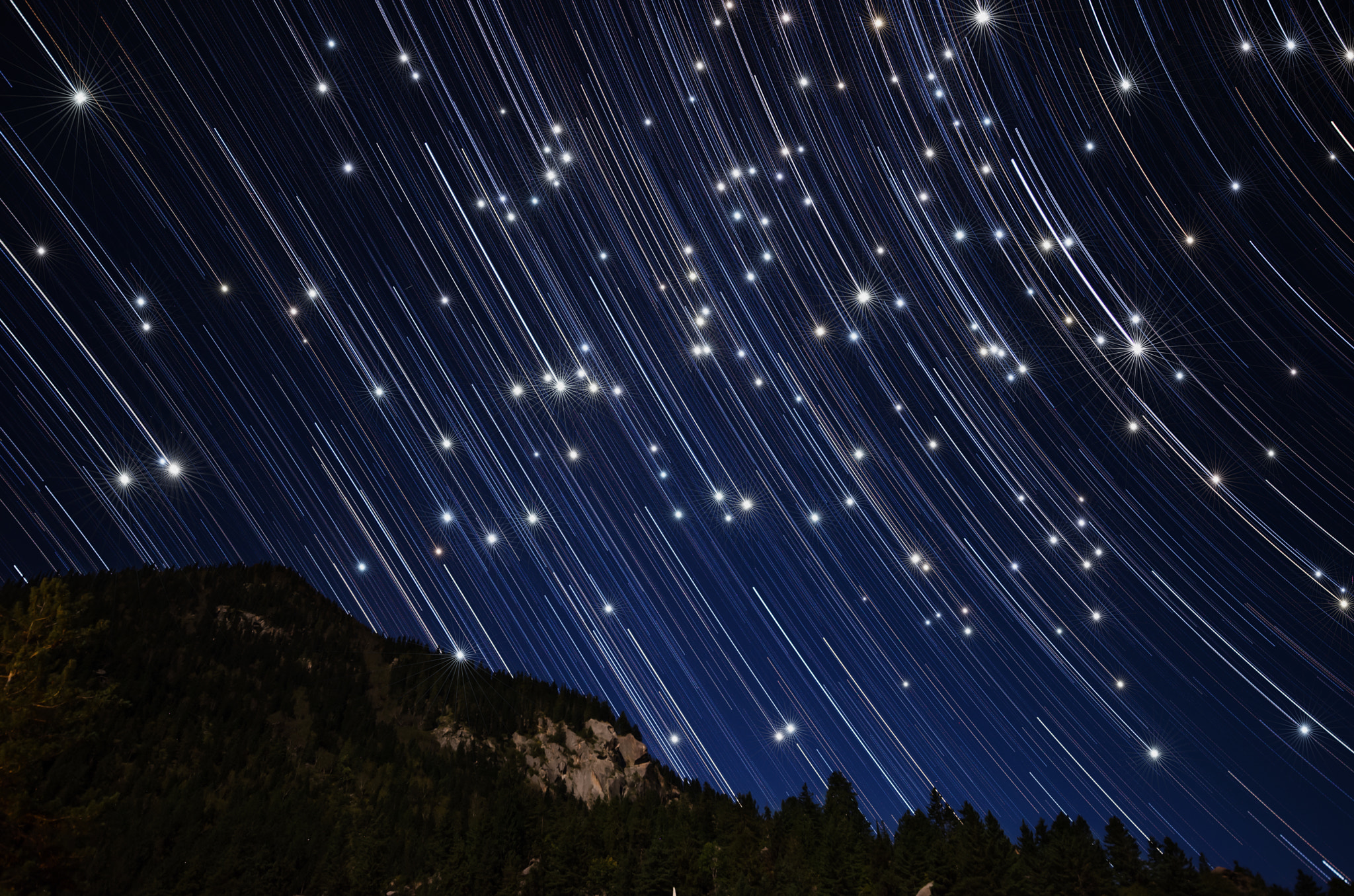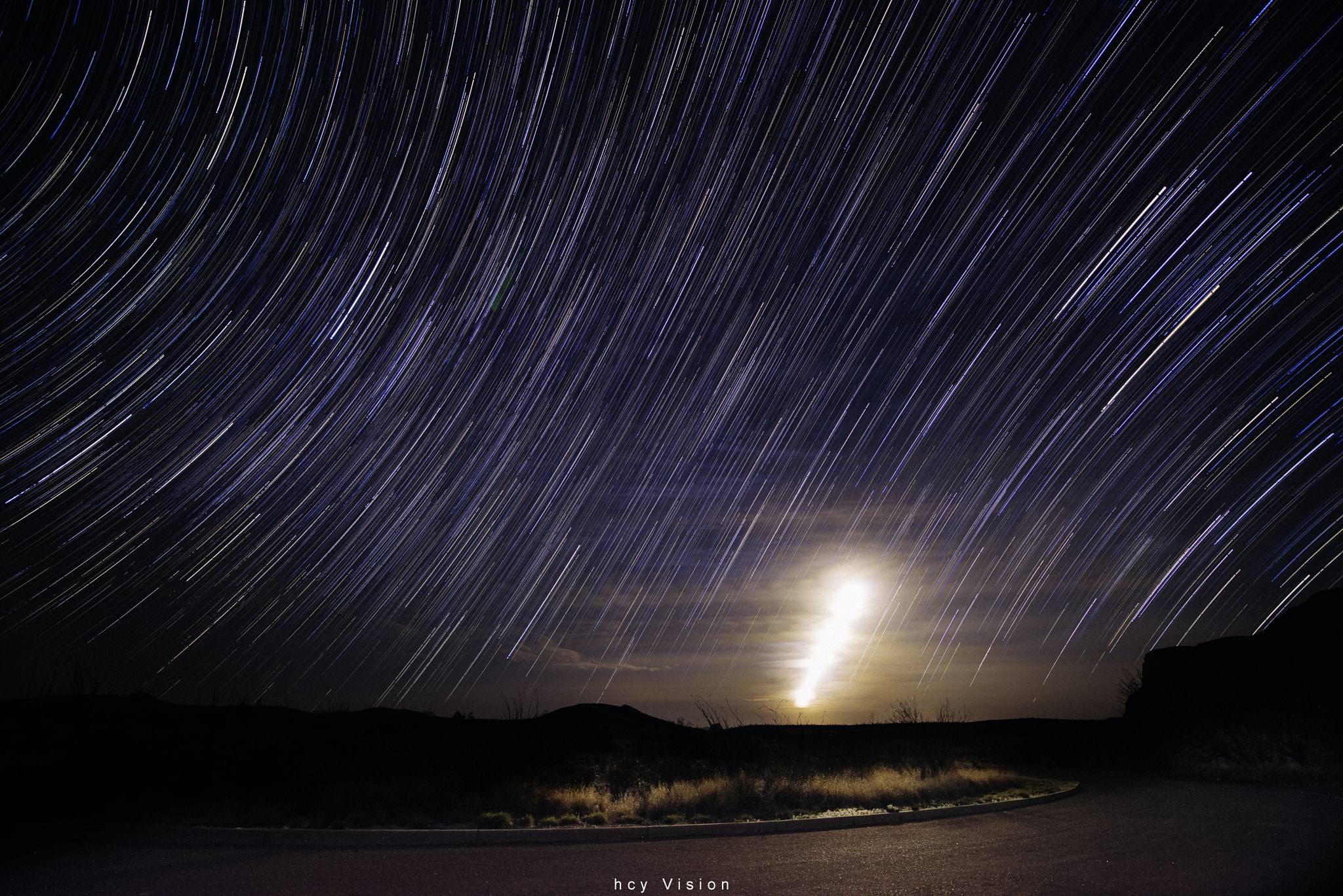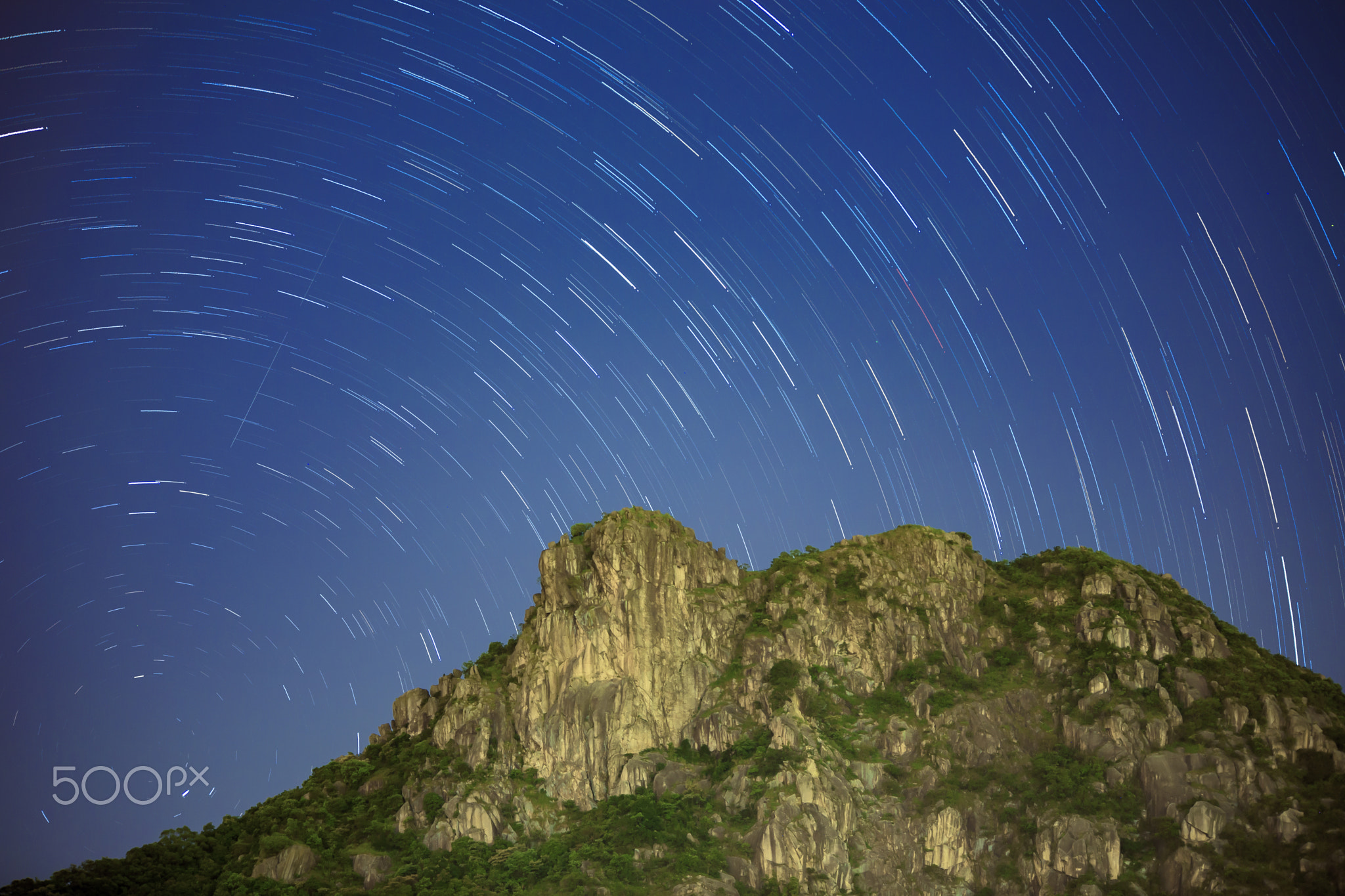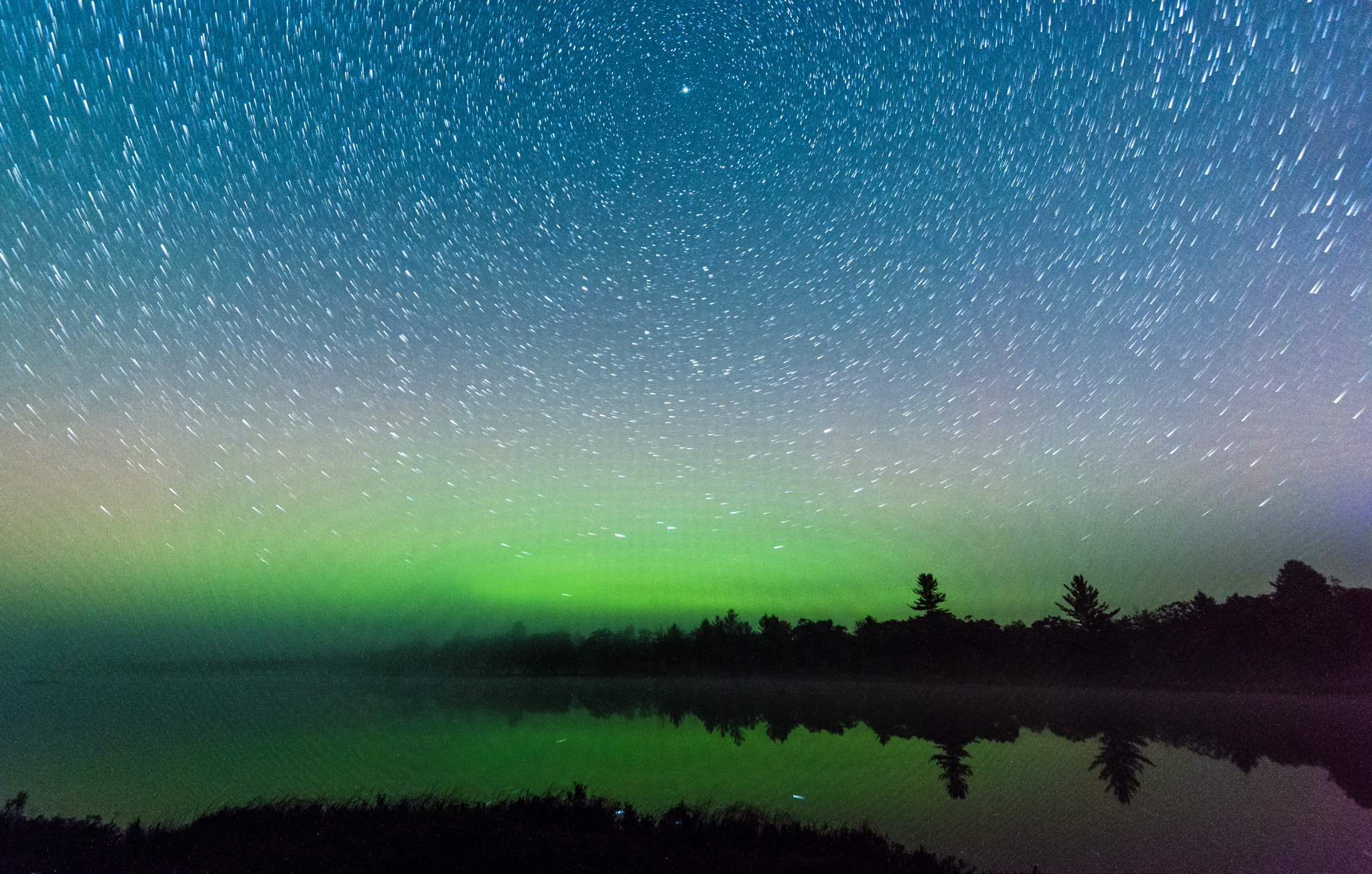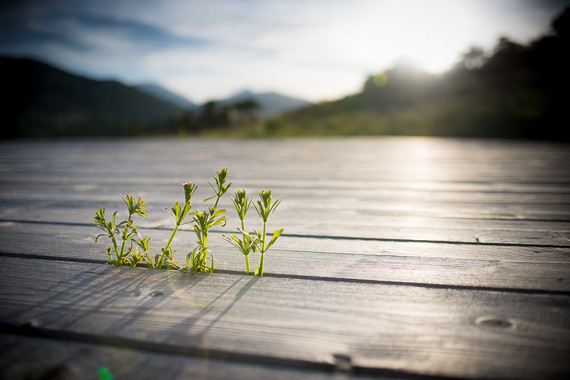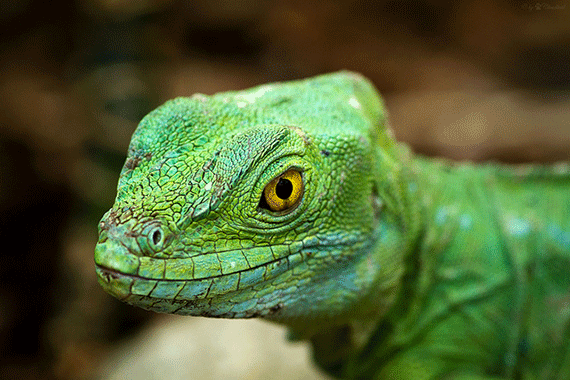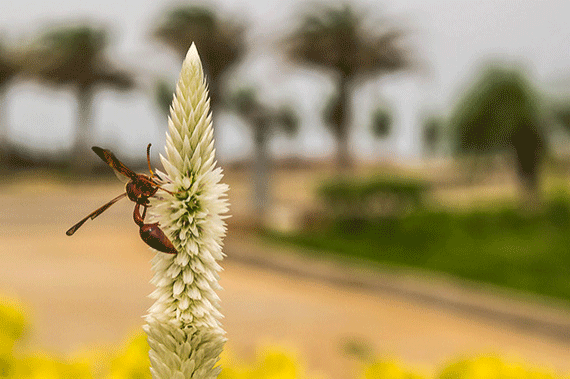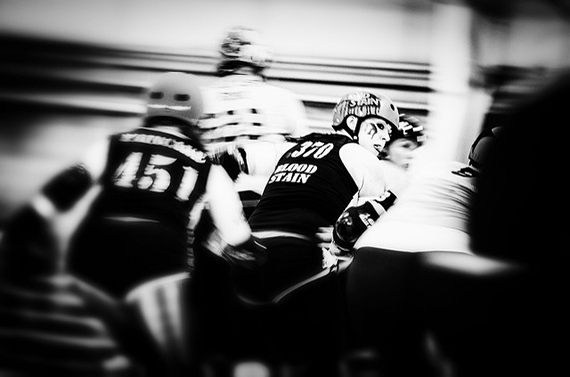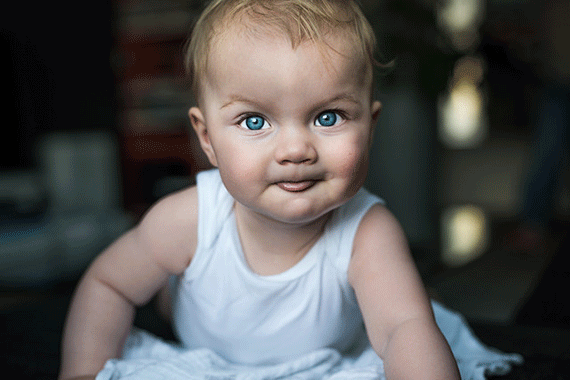I don’t write enough, but I wanted to address something I may actually be qualified to speak on. Here’s the deal. Music photography is a long road, and it won’t pay well in the beginning—or for that matter maybe ever. So, start out with another means of income and shoot at night when you can.
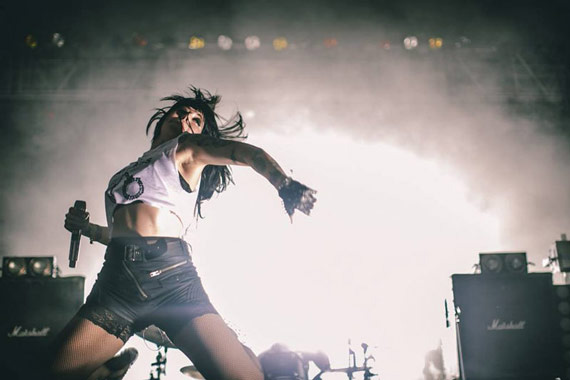
Deciding If It’s Worth It
The market is different in different cities. You may make money in Portland shooting music photos and not be able to make a dollar in Denver because so many people do it. There are people who make money doing it in Austin and New York City. I can guarantee that. But, they have to be extremely good and know the right people. It starts with putting the time and getting press passes.
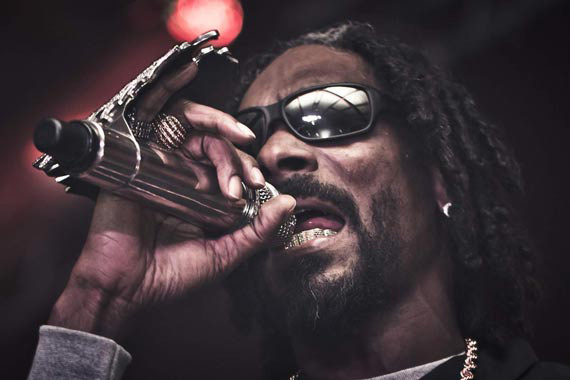
Press Passes
First, you need to build a portfolio and get some work. You can email bands, venues, labels, booking agencies. or whoever, but a general rule of thumb is you are only going to get paid by companies or bands that have/make money, who are also looking to get bigger.
A lot of people want your job. It’s not uncommon to be at a show with other photographers and none of them are getting paid to be there. You want $200? Someone else wants to do it for a free drink ticket and a spot on the guest list.
If you’re trying to get a guest pass, try every angle. The headliner, the opener, the venue, the bands manager, or whoever you can get in contact with. Keep the email brief. If you can shoot for a publication, that will increase your chances greatly. A lot of publications don’t pay as well. If they’re barely hanging on without making layoffs and they have a lot of people wanting to shoot for free, they will choose people who want to shoot for free.
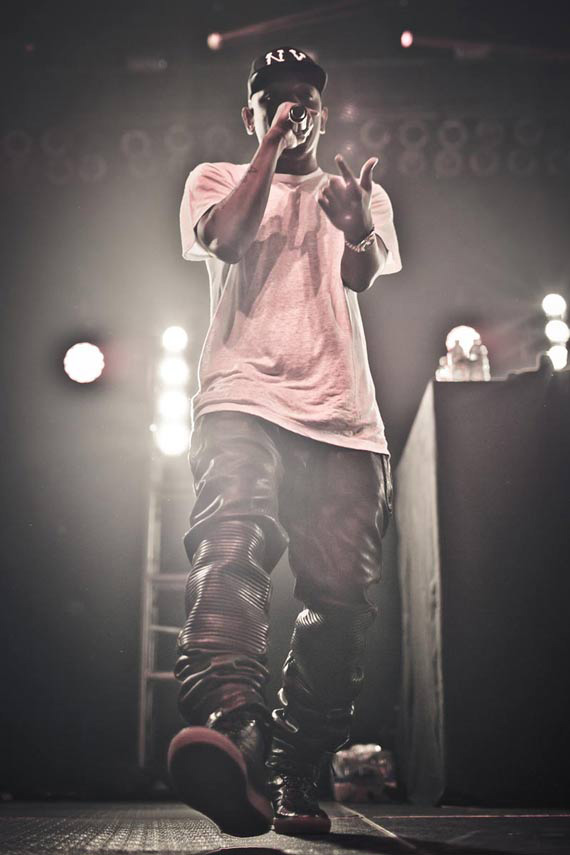
Getting the Shot
When it comes to live music I’ve noticed a theme among some of the great photographers: placement. If you get right up front you’re going to have a better chance at getting the truly great shot of the night.
You may have to get there early. Etiquette would dictate that if you can help it, don’t show up late and shove your way to the front. Get on stage if you can. Depending on the venue you may be able to hop up there unplanned once you’re confident enough. It’s not typically recommended unless it’s a smaller venue with no pit and you’re shooting for the band or venue themselves. You really need to use your judgment here, but it’s tough when you realize you could have missed the big shot.
The other part is to move around. You’re not going to have a good set if you sit in one spot the whole show and use the same focal length the entire time. Get a portrait or two, get the whole venue, get the fans, get the up-close shots, faces, and the movement. Not necessarily all in the same photo.
Portraits, Press, and Music Video
Shooting portraits/press photos is a big plus. Get a solid portfolio for live shots, but also press pics. Put all these in one place, whether it’s Instagram, Facebook, a website, or all three.

People want to be able to look at one site and decide if they like your work. Make it easy on them. A lot of people want to shoot live shows and a lot of people start there so you’re less likely to get paid shooting concerts. The sooner you can dip into press pics and portraits the better. There is a very good chance you will need to diversify to survive in this industry. Do it early. I would also encourage you to dabble in video. Having different media will increase the chances a band will be able to afford you.
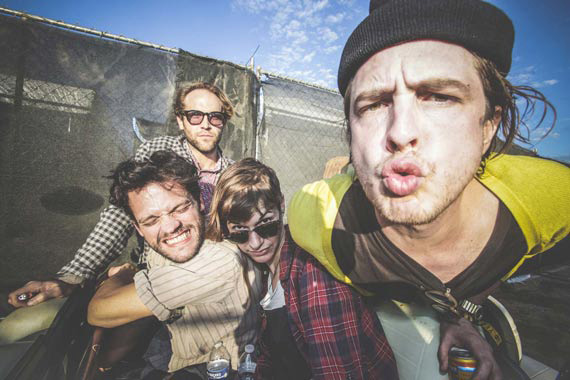
At some point, hopefully, it keeps growing and growing and you get busy. Eventually, you’re hopefully too busy for the unpaid work. Then one day you realize, “Wow. I’m a music photographer.”
P.S. Shamelessly plug your work whenever possible or applicable.
About the Author
Dylan Johnson is a traveling music photographer and van vagabond. He mostly shoots dirty venues from New York City to Austin to Oklahoma to California.
Go to full article: How to Become a Music Photographer
What are your thoughts on this article? Join the discussion on Facebook
PictureCorrect subscribers can also learn more today with our #1 bestseller: The Photography Tutorial eBook
The post How to Become a Music Photographer appeared first on PictureCorrect.
from PictureCorrect https://ift.tt/2KgAjs9
via IFTTT






